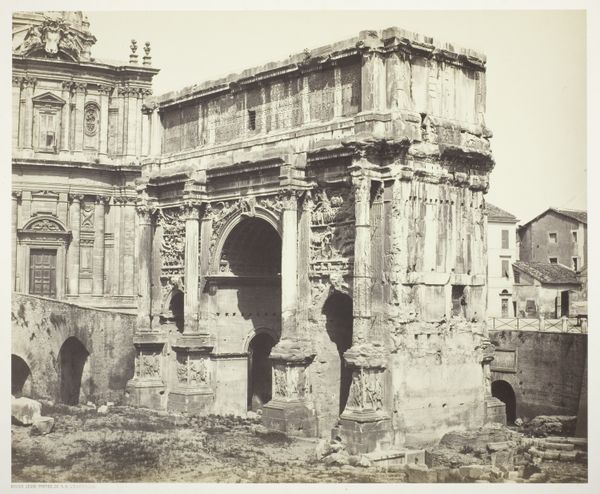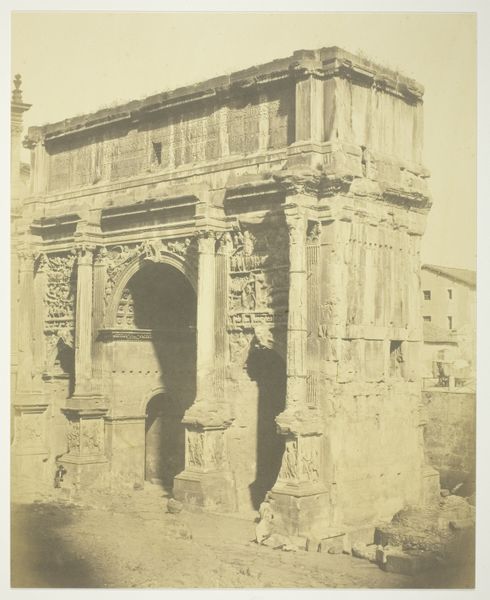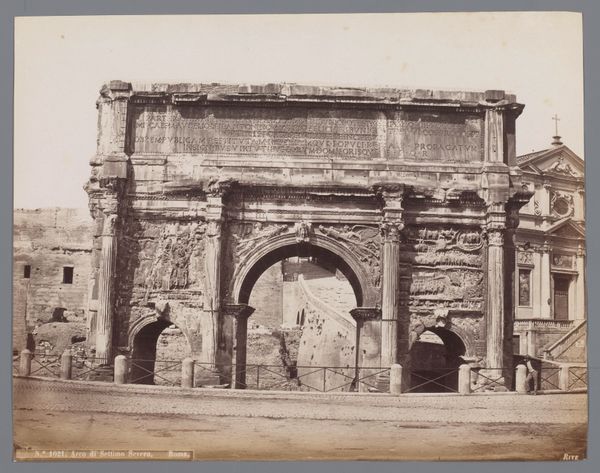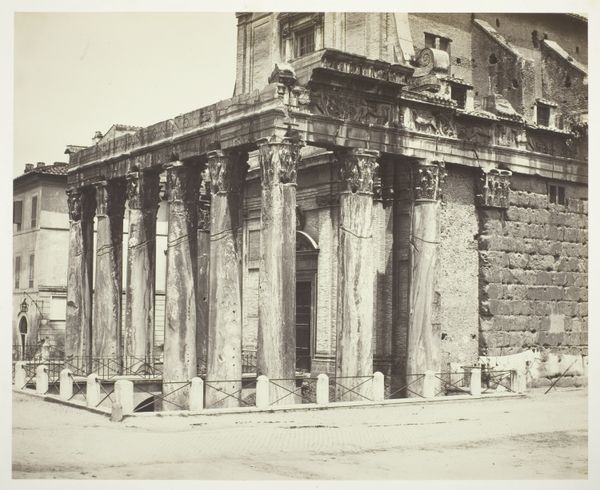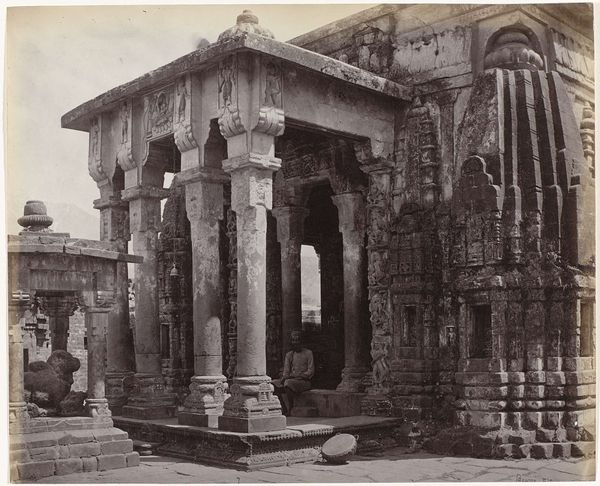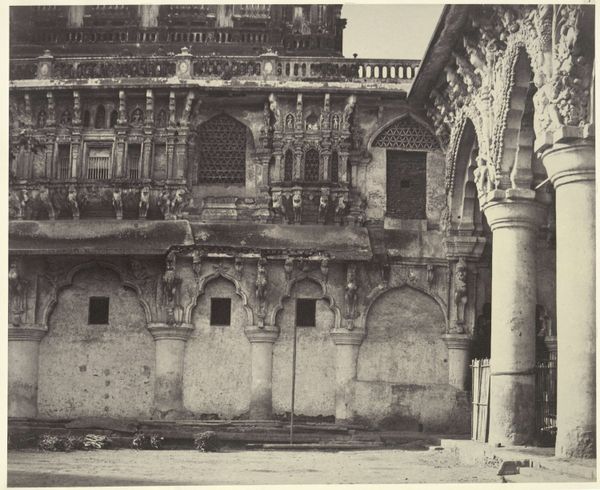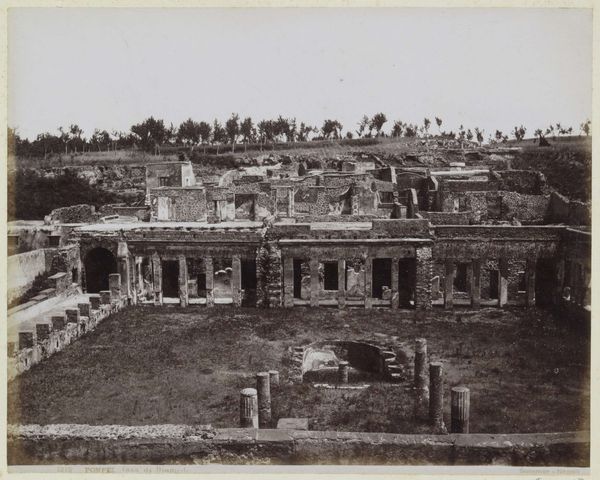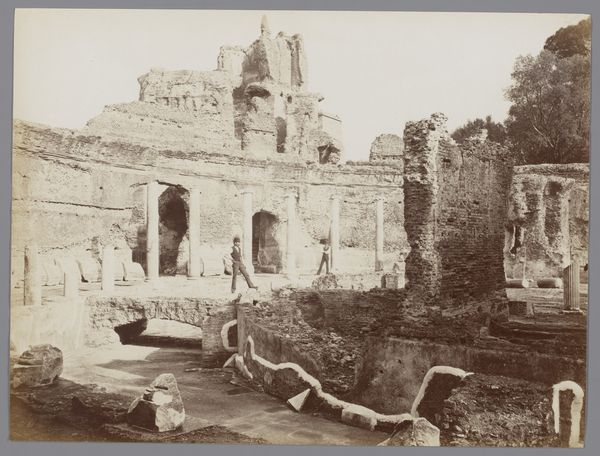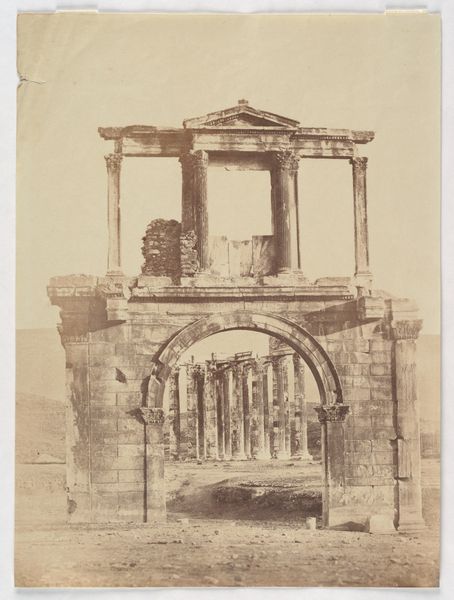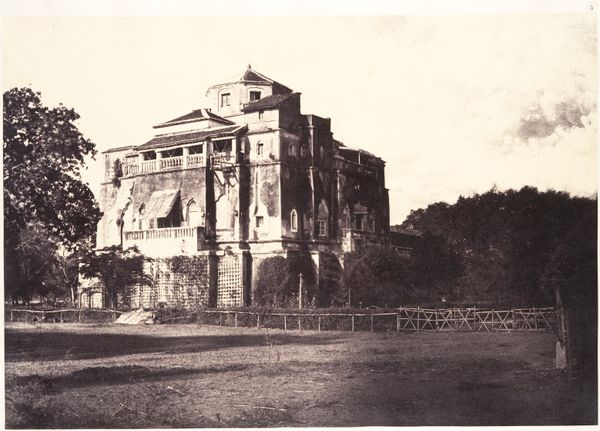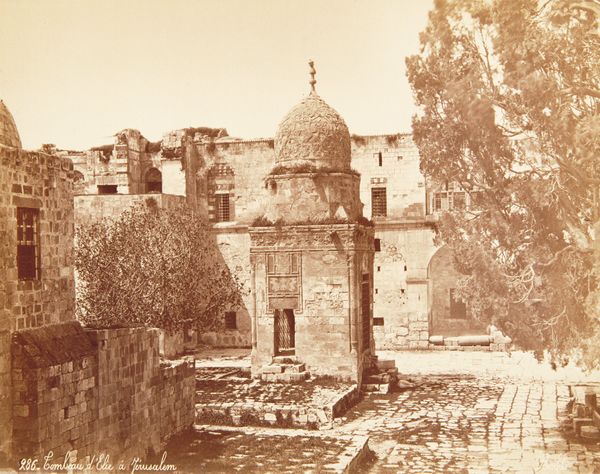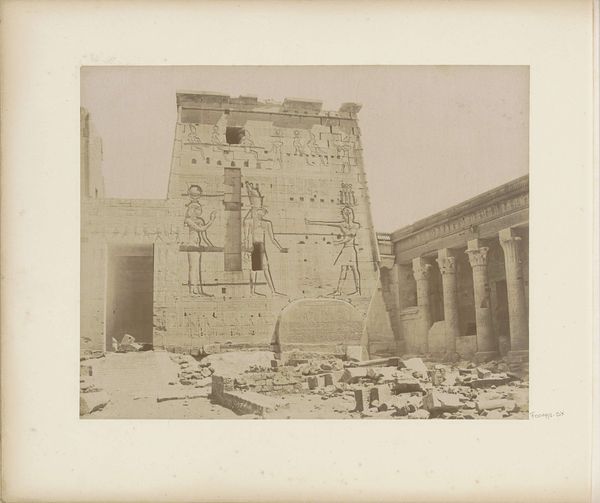![[Temple of Antonius and Faustina, San Lorenzo in Miranda, Rome] by Calvert Richard Jones](/_next/image?url=https%3A%2F%2Fd2w8kbdekdi1gv.cloudfront.net%2FeyJidWNrZXQiOiAiYXJ0ZXJhLWltYWdlcy1idWNrZXQiLCAia2V5IjogImFydHdvcmtzLzQ0MDIwMDk1LTE2YTQtNGM1Yi1hM2YyLTAzNzhiYmJlYTRkNi80NDAyMDA5NS0xNmE0LTRjNWItYTNmMi0wMzc4YmJiZWE0ZDZfZnVsbC5qcGciLCAiZWRpdHMiOiB7InJlc2l6ZSI6IHsid2lkdGgiOiAxOTIwLCAiaGVpZ2h0IjogMTkyMCwgImZpdCI6ICJpbnNpZGUifX19&w=3840&q=75)
[Temple of Antonius and Faustina, San Lorenzo in Miranda, Rome] 1850s
0:00
0:00
print, photography, architecture
# print
#
landscape
#
photography
#
geometric
#
ancient-mediterranean
#
19th century
#
architecture
Copyright: Public Domain
This photograph of the Temple of Antoninus and Faustina in Rome was made by Calvert Richard Jones, though the precise date of its creation is unknown. Jones would have used a camera obscura, a lens, and a light-sensitive emulsion on paper, patiently exposing the image to capture this Roman ruin. What we see here is the result of a technical process, intimately linked to the rise of industrial capitalism. The photographic process, with its darkroom chemistry, represents a departure from traditional artistic media, such as painting or sculpture. Jones’s image is also distinct from painting by recording the ravages of time on this ancient site, a process of material decay that would have continued steadily throughout the duration of the exposure. He seems to emphasize the weight and texture of the temple's weathered stones, the deep shadows adding a sense of gravitas. The image, therefore, is not just a representation but also an index of a specific place and moment in time, and an example of photography’s democratization of image production.
Comments
No comments
Be the first to comment and join the conversation on the ultimate creative platform.
